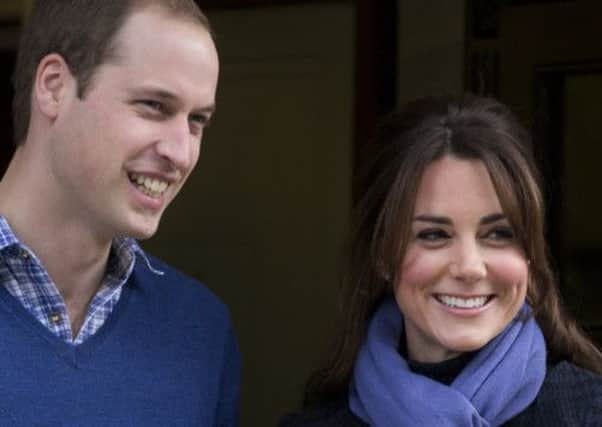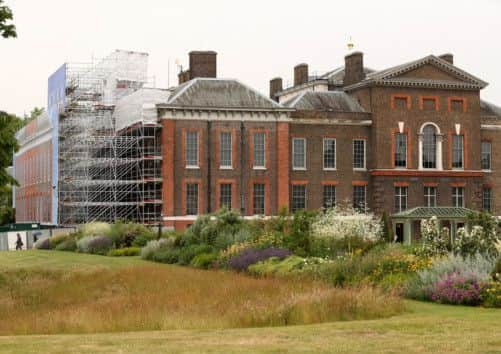£1 million home for new Royal baby


The work was outlined in the royal public finances annual report published yesterday, which revealed the monarchy cost the taxpayer more than £33 million during the Diamond Jubilee year – a rise of just under £1m.
The Queen’s official expenditure increased by £900,000 from £32.4m during the 2011-12 financial year to £33.3m in 2012-13.
Advertisement
Hide AdAdvertisement
Hide AdMembers of the Royal Family travelled the globe to celebrate the Queen’s Diamond Jubilee but travel costs for air and rail fell by £500,000 to £4.5m.


A royal aide said: “There was a hell of a lot more travel going on last year and it was done at a lot lower cost because the style in which people were travelling was better value for money.”
William and Kate’s Kensington Palace apartment was the home of Princess Margaret and Lord Snowdon. Margaret remained there after their divorce and until her death in 2002.
The accounts revealed £600,000 has been spent on internal refurbishments, with much of the funds used to remove asbestos and a further £400,000 to repair the roof.
A spokesman for Kensington Palace said the work was needed whoever moved into the building. He said: “Large quantities of asbestos have had to be removed, as well as work on the heating and hot water systems and electrical wiring.
“The last major works in the apartment took place around the time that Princess Margaret and Lord Snowdon moved in, more than 50 years ago.
“The cost of interior decorating and furnishing, of course, falls to the Royal Family privately.”
William and Kate’s baby is due in mid-July and the couple are expected to move into the apartment when the refurbishment is completed in the autumn.
Advertisement
Hide AdAdvertisement
Hide AdUnder the Sovereign Grant, the Queen receives 15 per cent of the profits from the Crown Estate, an £8.1 billion property portfolio that ranges from Regent Street in London’s West End to Ascot Racecourse, which also published its annual report showing it made a profit of £252.6m during 2012-13.
Under the new funding formula, the Sovereign Grant could be set at £37.8m for 2014-15, an increase of almost £2m – or 5 per cent – on the previous financial year.
Graham Smith, chief executive of campaign group Republic, criticised the rise: “As everyone else is seeing cuts to services and jobs, it is unbelievable that our head of state will sit silently by as she is handed millions more in public money.
“We’ve had two years of royal celebrations that have cost the taxpayers millions. Surely it’s time the Queen gave something back.”
William and Kate’s Diamond Jubilee tour of south-east Asia and the South Pacific was the most expensive foreign tour, costing almost £370,000 when a reconnaissance trip by members of their household was included.
Sir Alan Reid, Keeper of the Privy Purse, said the Chancellor had driven a hard bargain in setting the first year of the Sovereign Grant – 2012-13 – at £31m.
A further £2.3m was drawn from reserves to bring the expenditure to £33.3m.
He added: “Since we agreed this two years ahead, it gave the Royal household the chance to save money in the early years, to be able to fund the level of activity that would be appropriate in the Diamond Jubilee year.”
Advertisement
Hide AdAdvertisement
Hide AdSir Alan said the Royal household had tried to generate more income and, where they could get value for money, by doing the same activities but for less.
He said: “The result has been that, over the last five years, we have actually reduced in absolute terms the amount of expenditure, covered by the Sovereign Grant, by £3 million down to the £33.3 million – that is a 24 per cent real-terms decrease over the five years.”